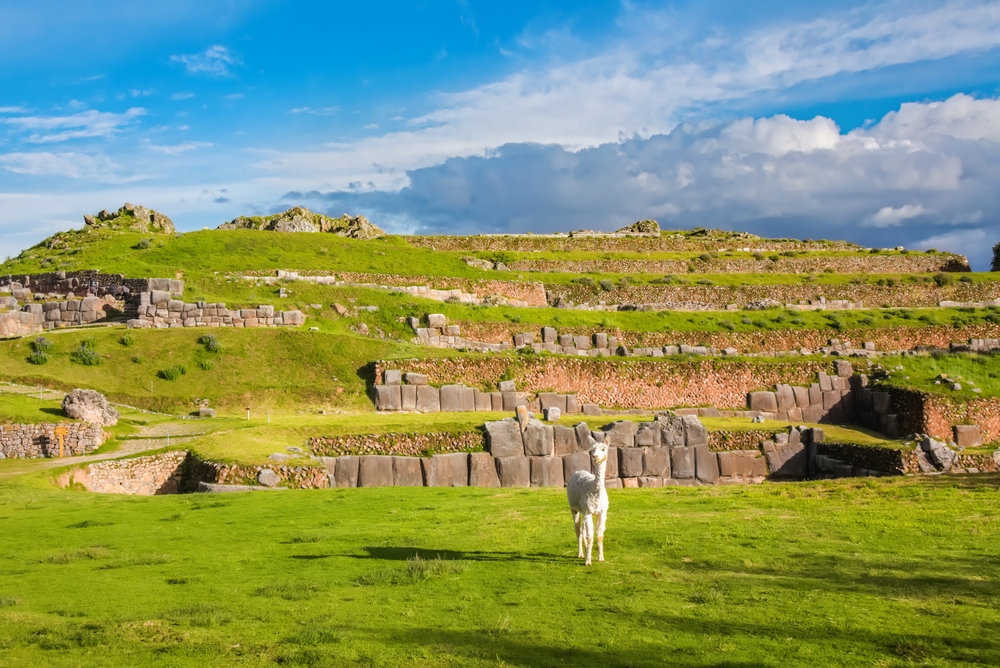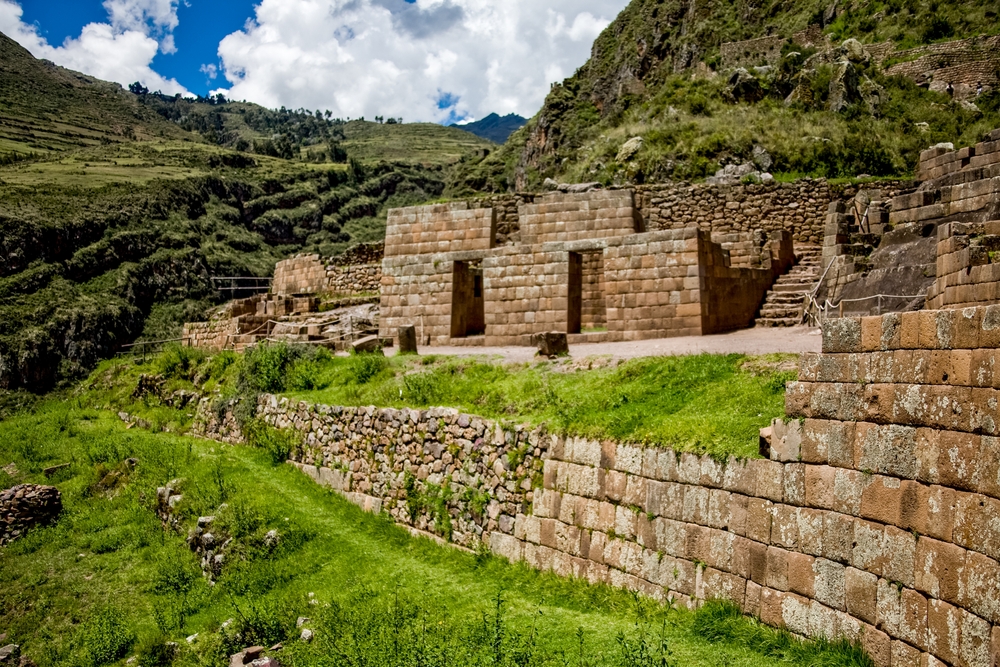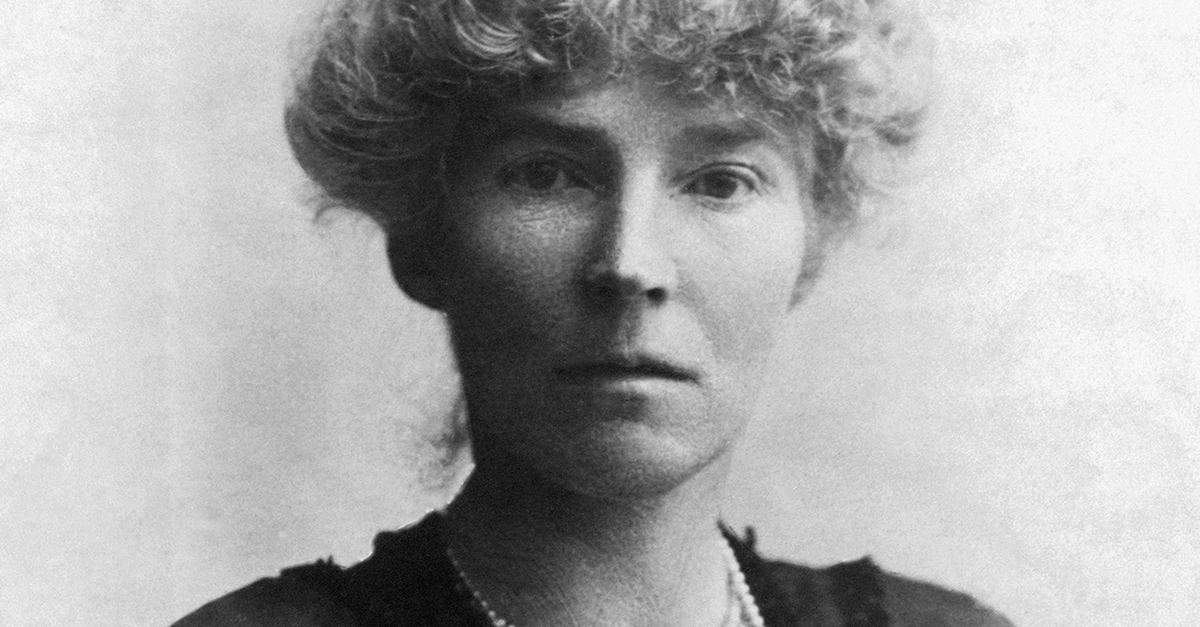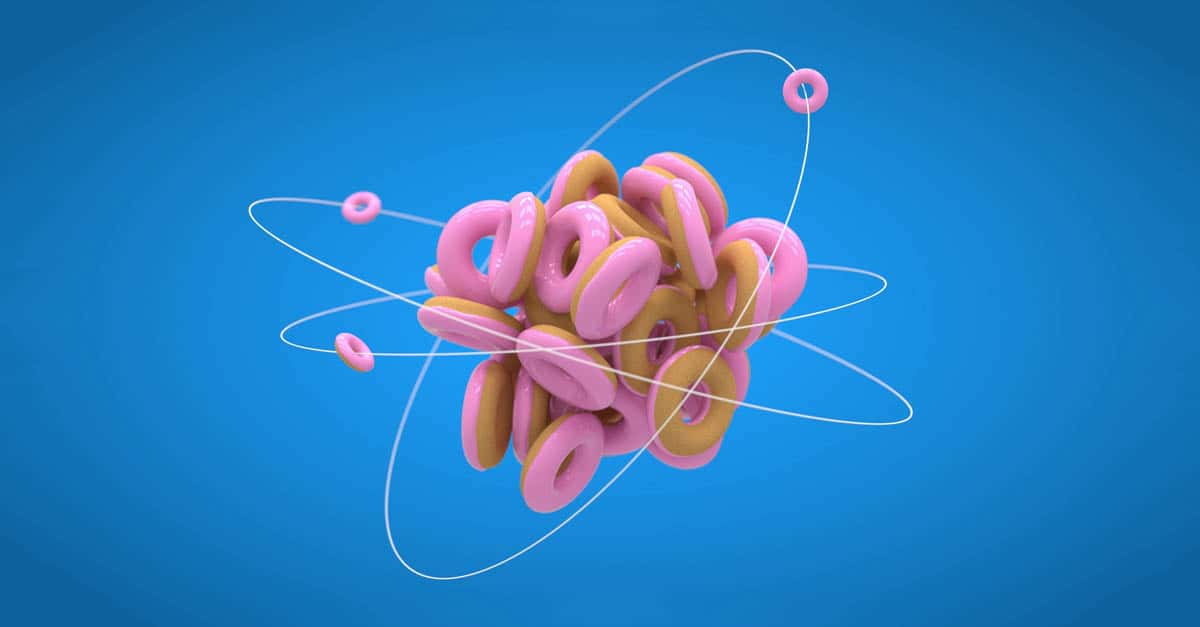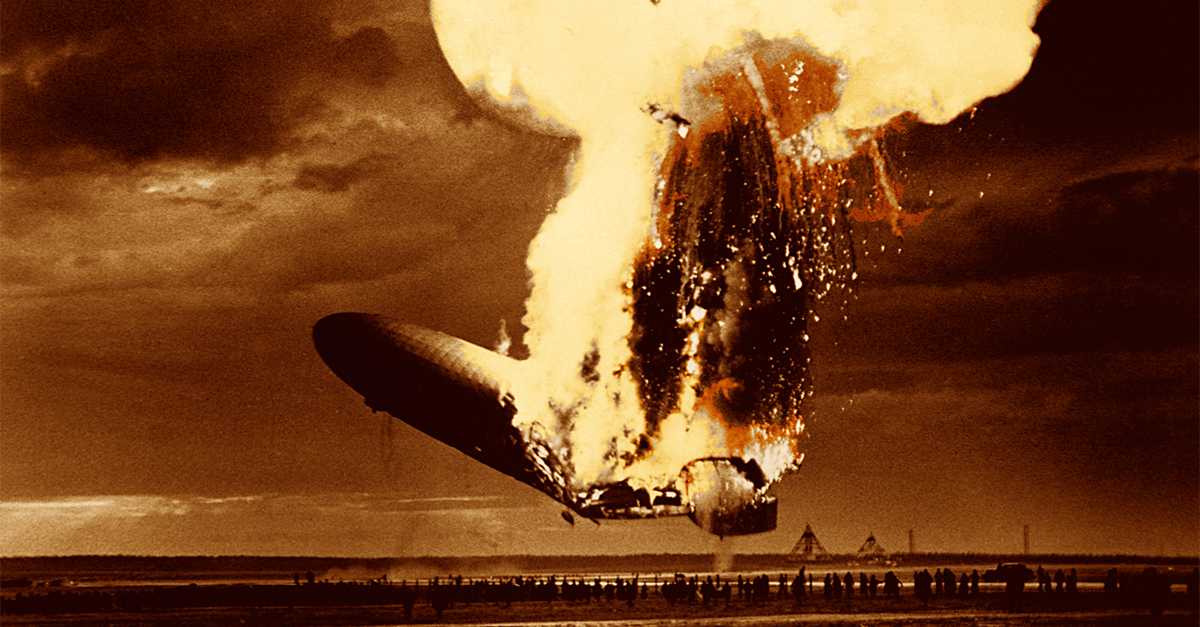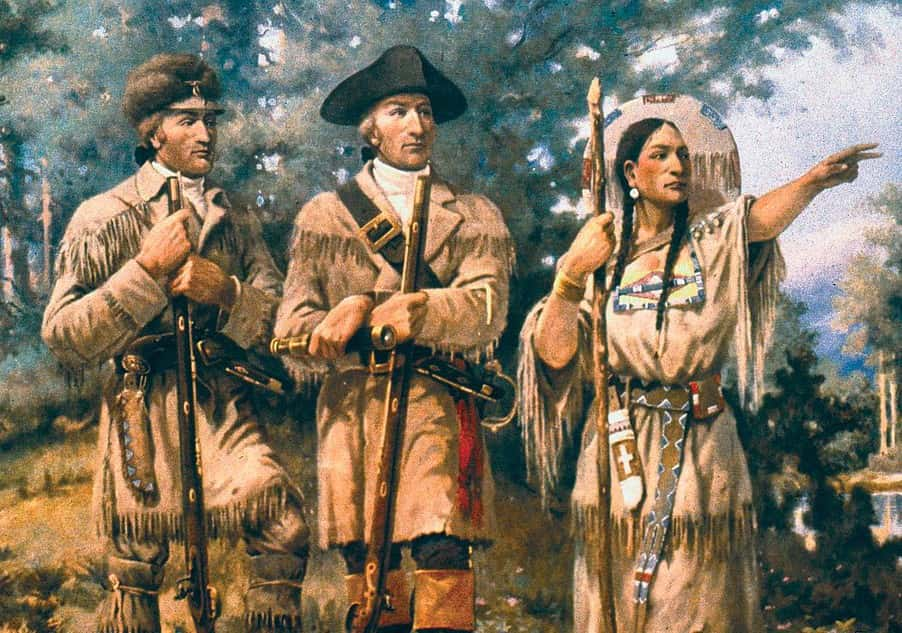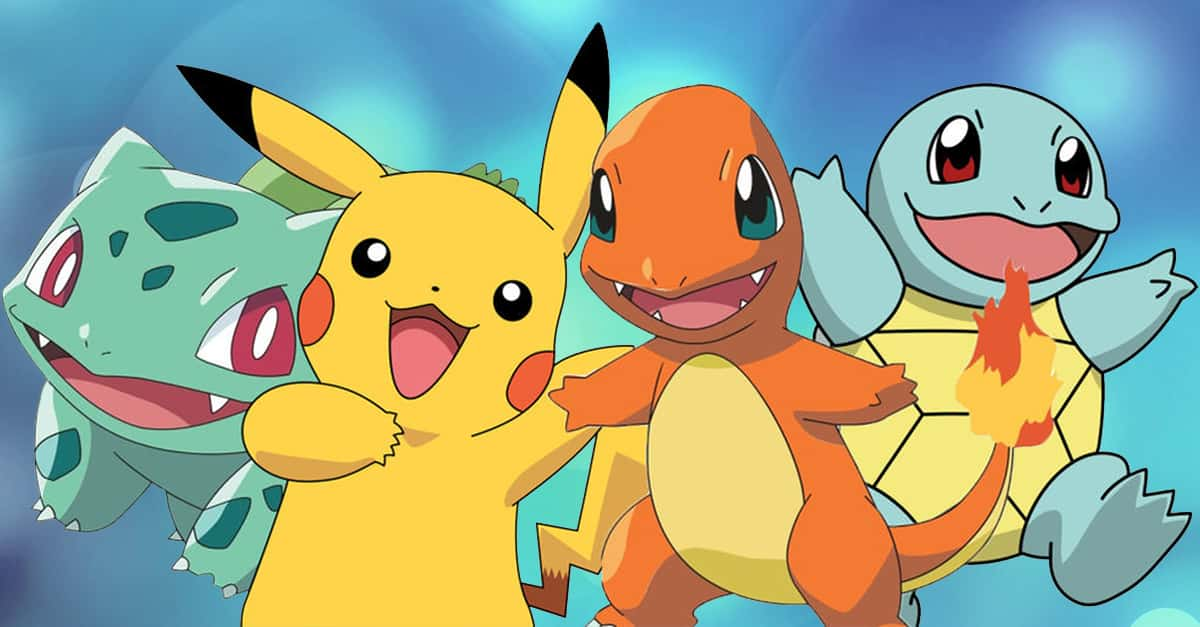The Chanka, The Inca Empire’s Most Fearsome Enemies
At one point, the Chanka were the renowned enemies of the Incas. Today, their descendants have retreated far into the Andes mountains.
Much of their history is still unknown to us, but what little we do know tells an interesting story.

Where Do They Live?
The Chanka are part of the Quechua ethnic group, the largest group of Indigenous peoples in Peru.
They live in the Apurímac, Ayacucho, and Lamas regions of the country.
 I, AgainErick, CC BY-SA 2.5, Wikimedia Commons
I, AgainErick, CC BY-SA 2.5, Wikimedia Commons
The Chanka Clans
Historically, the Chanka were made up of three distinct groups: The Hanan (or Upper) Chankas, the Urin (or Lower) Chankas, and the Villca.
The groups had their own capitols in the modern-day cities of Andahuaylas, Uranmarca, and Vilcas Huaman.
 AgainErick, CC BY-SA 3.0, Wikimedia Commons
AgainErick, CC BY-SA 3.0, Wikimedia Commons
How Long Have They Lived There?
Up until recently, very little was known about the ancient Chanka.
We still don’t know much about the Villca, but from archaeological evidence left by the Hanan and Urin Chankas, we know they’ve been living in the highlands of Peru since about 1200 CE.
They Were Farmers
The Chanka were a sedentary, agricultural society. On their farms, they grew crops like quinoa, maize, and potatoes.
 Ministerio del Ambiente, Flickr
Ministerio del Ambiente, Flickr
Chanka Villages
Historically, the Chanka chose the location of their villages based on how defensible they were. They built their settlements in the hilltops of the Andes, up to 13,000 feet above sea level.
Archaeological evidence suggests that they built walled towns that were further protected by moats.
Their Houses
Chanka houses were usually circular and made of stone. During peacetimes, they would build houses lower on the mountain side, near streams or other water sources.
Livestock
Livestock were crucial to the Chanka’s survival in the harsh Peruvian mountains. They kept large herds of llamas, alpacas, and vicuna, and the whole town would work to care for the animals.
When the time was right, the livestock would provide wool and meat for everyone in the community.
 Leonora (Ellie) Enking, Flickr
Leonora (Ellie) Enking, Flickr
Chanka Warriors
Among the ancient Indigenous peoples, the Chanka were famous for their skill in battle.
Chanka warriors mastered the use of spears, maces, and slingshots. Their armor was made of thick animal hides and woven cotton.
Chanka Art
The Chanka have always been respected for their beautiful art and textiles. Chanka art often showed scenes of mythical creatures, important ceremonies, and everyday life.
Their Textiles
The Chanka’s colorful textiles, like handwoven clothes and bags, were renowned for their vibrant colors and detailed designs.
These items are still valued in Peru today.
Their Ceramics
The Chanka were very adept at making ceramics.
Flat dishes and jugs with narrow necks were the most common designs, and the ceramics were usually decorated with circular stamps, reliefs, and depictions of people.
 Yanajin33, CC BY-SA 3.0, Wikimedia Commons
Yanajin33, CC BY-SA 3.0, Wikimedia Commons
Rights For Chaka Women
Compared to other groups of Quechua people, Chanka women had unusually powerful rights of ownership.
Women were allowed to own land and money without passing any of it to their husbands as a wedding dowry.
 Peter van der Sluijs, CC BY-SA 3.0, Wikimedia Commons
Peter van der Sluijs, CC BY-SA 3.0, Wikimedia Commons
Chaka Inheritance
When it comes to property rights and inheritance, the Chanka practice parallel transmission. That means that boys inherit things from their fathers while girls get things from their mothers.
Khipus
To record important things, the Chankas, like the Inca and other Indigenous groups in Peru, used a form of communication called “khipus”.
Khipus were made from dyed animal hides and the knots in the colorful strings helped them keep count of important resources like gold and maize.
 Claus Ableiter, CC BY-SA 3.0, Wikimedia Commons
Claus Ableiter, CC BY-SA 3.0, Wikimedia Commons
Khipus (cont’d)
Khipus were also used as records about the population levels and land transfers.
There is also some evidence to suggest they may also have been able to transmit narrative data, like tribal histories.
 Fedekuki, CC BY-SA 3.0, Wikimedia Commons
Fedekuki, CC BY-SA 3.0, Wikimedia Commons
Destroying Records
When the Spanish colonized Peru, they destroyed many khipus as they were thought to contain messages that were contrary to Christian beliefs or that could encourage the Chankas to rebels against the Spaniards.
Today, only about 750 khipus remain, kept safe in museums.
What Language Do They Speak?
The Chanka speech the Quechua language, which is the most common Indigenous language in Peru.
Quechua is the second official language of Peru, and it is spoken by more than 5 million people in the country.
Their Gods
The Chanka believed in three of the same deities as the Inca: Viracocha the creator, Inti the sun god, and Mama Killa the moon goddess.
Believing these gods controlled nature and the world around them, the Chanka were known to offer human sacrifices to gain their favor.
 Brooklyn Museum, Wikimedia Commons
Brooklyn Museum, Wikimedia Commons
The Divine Puma
The Chankas also revered a puma deity. During battle they would invoke this deity by painting their faces and letting out blood-curling screams as they fought.
Chanka Funerary Traditions
Historically, the Chanka have buried their departed in mausoleums, caves, and simple graves.
In either case, they leave items that might help the person be comfortable in the afterlife like clothes, food, and jewelry.
 McKay Savage, CC BY 2.0, Wikimedia Commons
McKay Savage, CC BY 2.0, Wikimedia Commons
Chanka Leaders
Traditionally, the Chanka have organized their society into clans. Each clan is led by a hereditary chief who is called the “Curaca”.
The Curaca makes decisions for the clan with advice from a council of elders.
Their Warriors Were Fierce
Sources from the Incan Empire go into detail about the brutality of Chanka warriors.
Chanka warriors often took prisoners of war, and dished out terrifying punishments, like scalping and flaying people alive, to show their might.
 Diego Delso, CC BY-SA 4.0, Wikimedia Commons
Diego Delso, CC BY-SA 4.0, Wikimedia Commons
A Bloody Tradition
Chanka warriors also struck fear in the hearts of their enemies by using the skulls of their prisoners as cups.
It was common for them to drink blood out of these morbid chalices, and this tradition has led some to call them the “Vampires of the Andes”.
They Were Powerful
The Chanka reached the height of their power between 1200 and 1438 CE. The end of this era saw the rise of the Inca Empire, one of the Chanka’s greatest enemies.
Though before the Inca Empire could flourish, it would need to withstand attacks from fearsome Chanka warriors.
The Chanka Attack The Inca
Around 1430, a Chanka chief named Anccu Hualloc rose to popularity and decided to attack the Inca capital city of Cusco.
Anccu Hualloc led 40,000 Chanka warriors to besiege the city.
 McKay Savage, CC BY 2.0, Wikimedia Commons
McKay Savage, CC BY 2.0, Wikimedia Commons
Victory At Cusco
The Chanka were victorious in taking Cusco, but one Inca prince wasn’t going to let them get away with it.
Known at the time as Cusi Yupanqui, the prince rallied his generals and took the fight to the Chanka.
. Luciano Rossitti Quevedo, Pexels
Luciano Rossitti Quevedo, Pexels
The Battle Of Yawarpampa
The forces of the Chanka and Inca clashed at Yawarpampa, the “field of blood”.
The Inca were the victors that day. According to the sources, 22,000 Chanka warriors were slain during the battle of Yawarpampa, while 8,000 Incas perished there.
 I, AgainErick, CC BY-SA 3.0, Wikimedia Commons
I, AgainErick, CC BY-SA 3.0, Wikimedia Commons
The Inca Take Over
The Inca victory at the battle of Yawarpampa made them the dominant power in the region.
The Inca prince, Cusi Yupanqui, changed his name to Pachacuti and founded the Inca empire as we know it. Things also changed drastically for the Chanka.
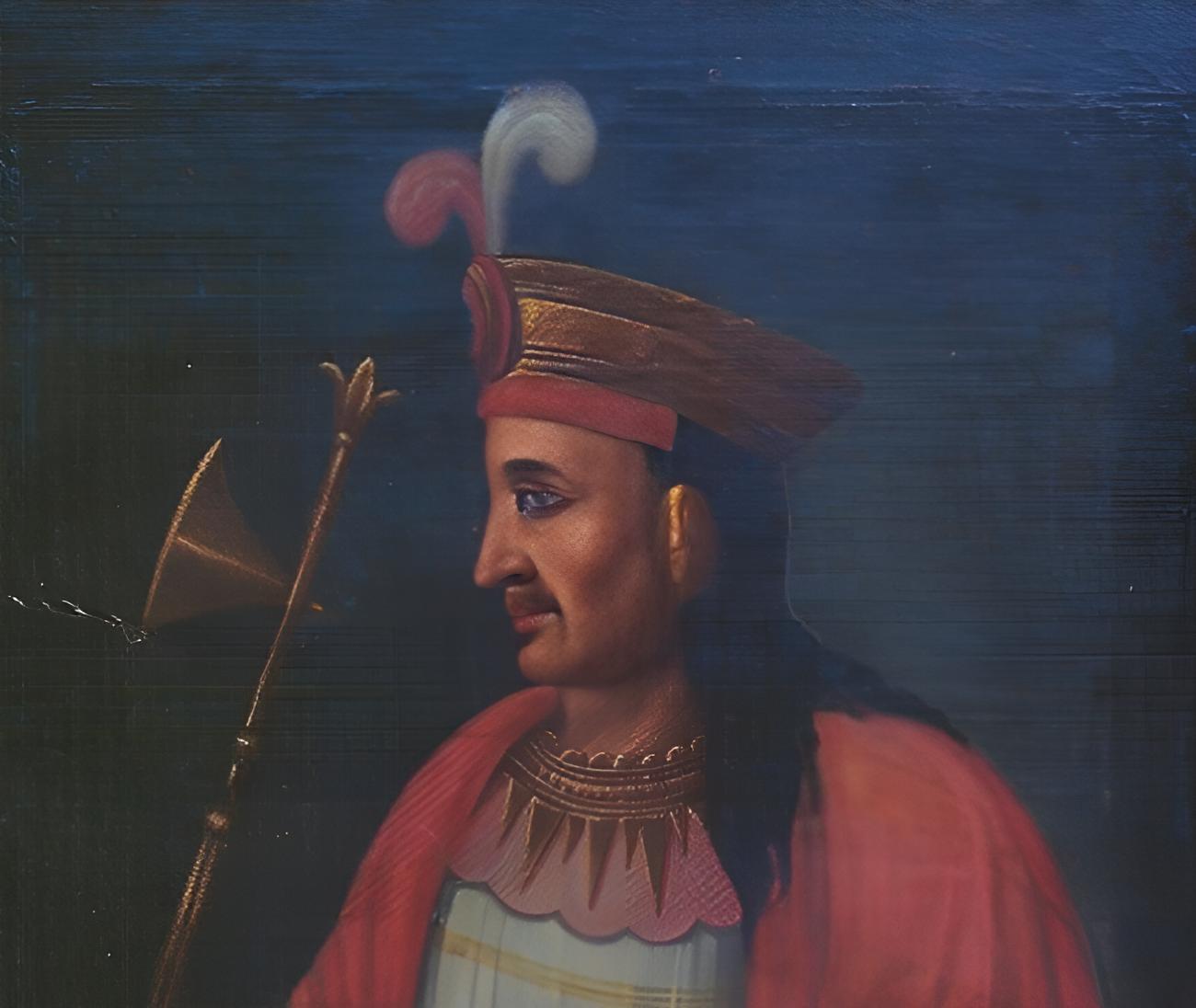 Cuzco School, Wikimedia Commons
Cuzco School, Wikimedia Commons
The Chanka Ran Away
After the battle, many Chanka fled to the highlands of Peru. Those that stayed were slain or enslaved by the Spanish.
 Peter Stewart, Wikimedia Commons
Peter Stewart, Wikimedia Commons
Harsh Consequences
Life under Inca rule was hard for the Chanka. The Inca forced them to give up vast swaths of their farmland and used a policy of forced resettlement called “mitma”.
A New Power In Tower
The Inca ruled over the Chanka for about 100 years. By the time the Inca Civil War erupted in 1529, the Chanka were nearly extinct.
But the few that remained heard stories about mysterious pale-faced men who wore armor and rode horses.
 Eduardo Manchon, CC BY-SA 3.0, Wikimedia Commons
Eduardo Manchon, CC BY-SA 3.0, Wikimedia Commons
The Conquistadors
Taking advantage of the chaotic environment, the Chanka sought out the men on horses.
Turns out these mysterious men were Spanish Conquistadors, and their arrival would see the Chanka’s world change once again.
 Juan Lepiani, Wikimedia Commons
Juan Lepiani, Wikimedia Commons
New Allies
By the time the Chanka met the Conquistadors, a few other groups of Quechua people, including the Cañari, had already joined forces with the Spaniards.
After hearing about the Chanka’s fearsome reputation, the Spanish were hesitant to work with them.
 Cayambe, CC BY-SA 3.0, Wikimedia Commons
Cayambe, CC BY-SA 3.0, Wikimedia Commons
They Helped The Spanish
One of the Spanish generals, Francisco Pizarro, convinced the others that the Chanka would be a valuable asset in the fight against the Inca.
Francisco was right, and though the Spaniards fought with the Inca for 20 years, we all know who came out on top in the end.
 Amable-Paul Coutan, Wikimedia Commons
Amable-Paul Coutan, Wikimedia Commons
New Beliefs
In return for helping with the downfall of the Inca Empire, the Chankas recovered some of their homelands. But it wasn’t all good under Spanish rule.
To promote assimilation, many Chanka gave up their traditional spiritual beliefs and were baptized into the Christian faith.
The Priests
Spanish priests and missionaries were usually the ones running things in Chanka villages, and this sometimes made life unbearable for the people living there.
The Chanka’s rights were protected by laws from the Spanish Crown, but that didn’t stop the priests from misusing their authority.
 I, AgainErick, CC BY-SA 2.5, Wikimedia Commons
I, AgainErick, CC BY-SA 2.5, Wikimedia Commons
Father Juan Bautista de Albadán
Father Juan Bautista de Albadán was a particularly heinous priest. Over a period of ten years, which the Chanka called a “decade of madness”, Albadán ruled over the small village of Pampachiri with an iron fist.
He got rich stealing from the villagers and manipulated the judicial system to get away with torturing villagers.
 Gustavo Cisneros Casafranca, Pexels
Gustavo Cisneros Casafranca, Pexels
Not All Bad Apples
Despite the abuses of some in their ranks, many priests aimed to do good in Chanka communities.
Many wanted to help the Chanka assimilate into Spanish society and some priests even left their money and belongings to their parishioners as inheritance.
The Legacy Of The Priests
The priests’ impacts on Chaka communities are still felt today. Most Quechua people, including the Chanka, follow Roman Catholic beliefs.
 Pedro Szekely, CC BY-SA 2.0, Wikimedia Commons
Pedro Szekely, CC BY-SA 2.0, Wikimedia Commons
Final Thoughts
Once revered for their fearsome reputation as brutal warriors, the Chanka have overcome countless obstacles to their way of life, including standing against the legendary Inca Empire.
Despite their small numbers today, their tale is one of an enduring spirit that has seen them remain one of the most respected Indigenous groups in Peru.
 Julian hne, CC BY-SA 4.0, Wikimedia Commons
Julian hne, CC BY-SA 4.0, Wikimedia Commons



